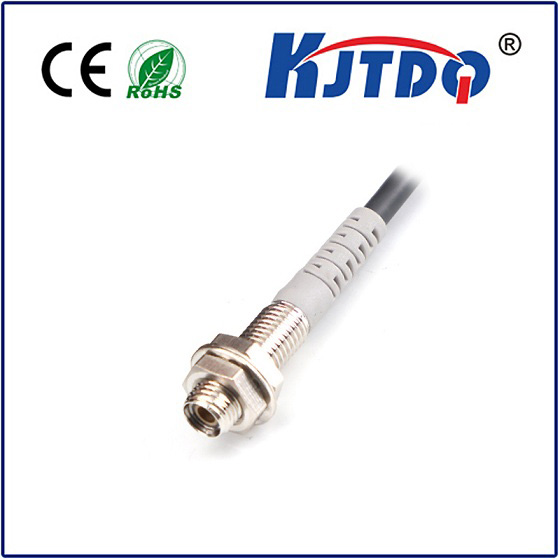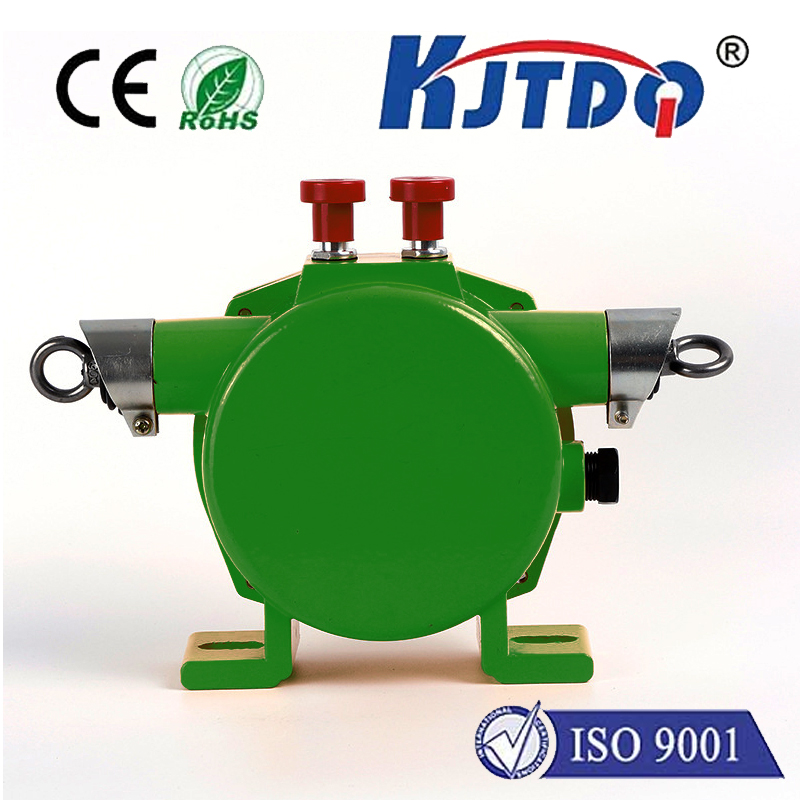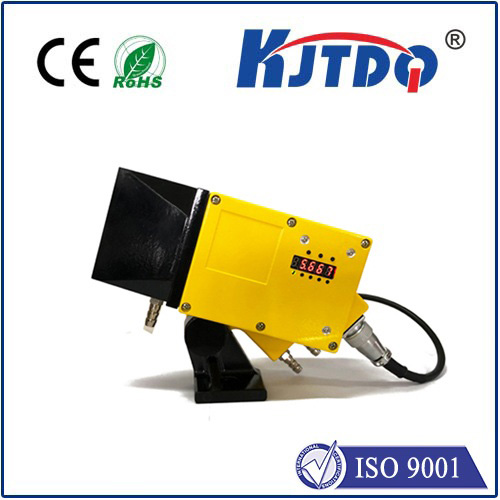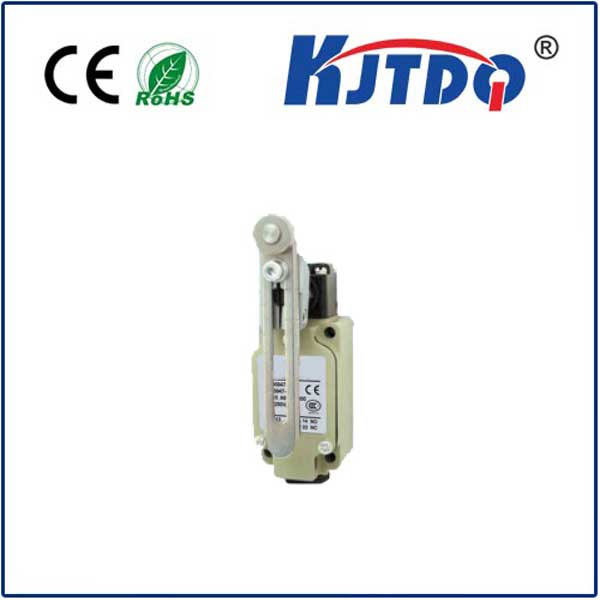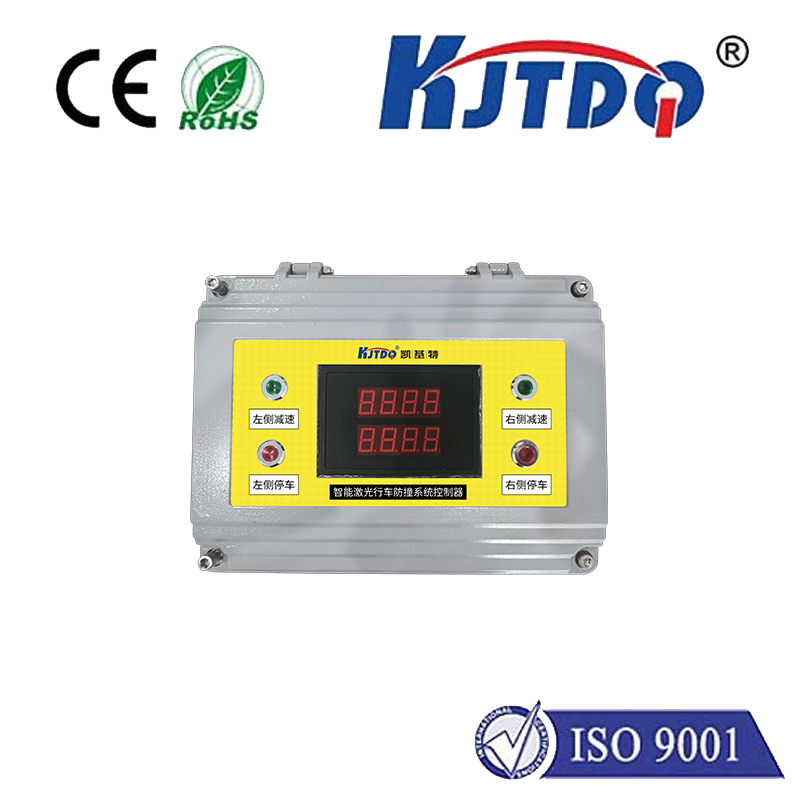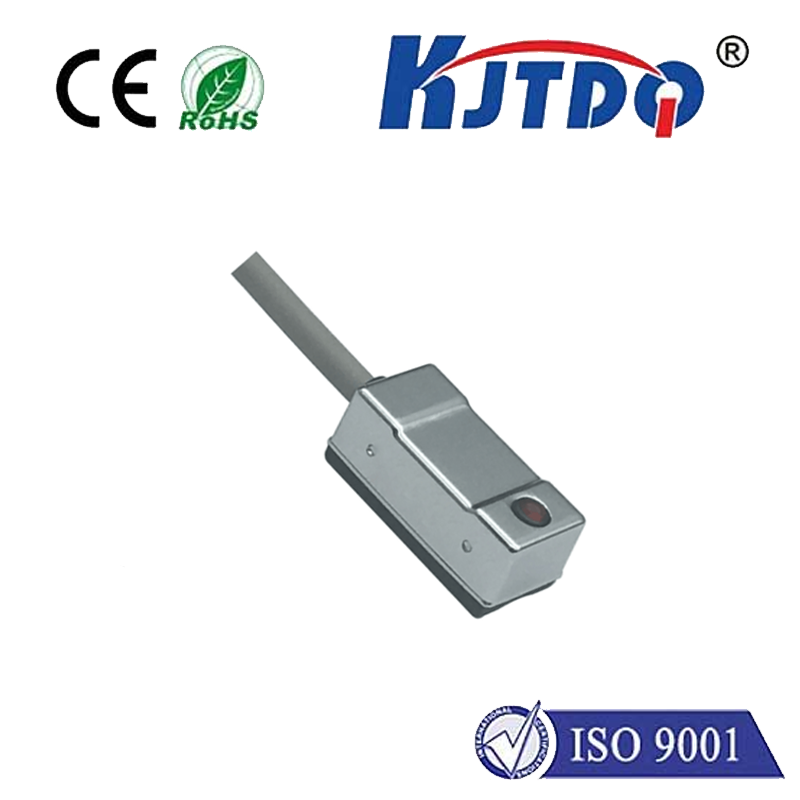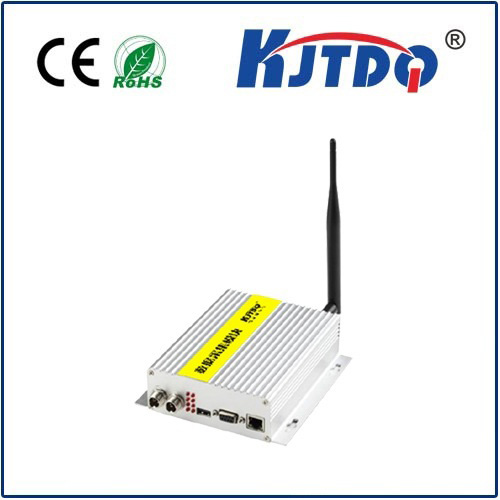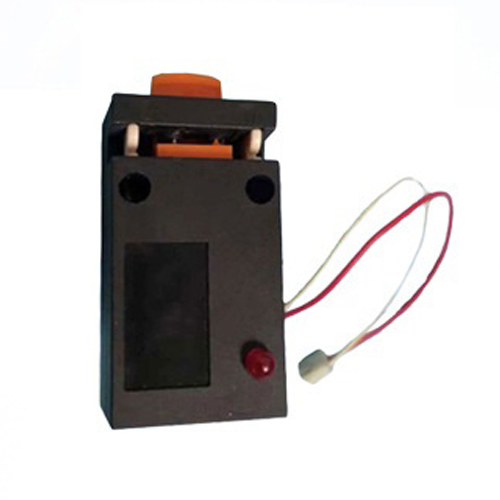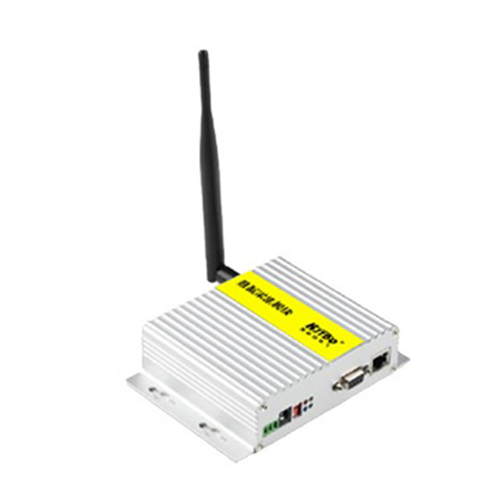BES00P0 high pressure proximity sensor
- time:2025-09-30 19:40:56
- Нажмите:0
BES00P0 High Pressure Proximity Sensor: Precision Measurement in Demanding Industrial Environments
Imagine a massive hydraulic press forging automotive parts, the intense pressure within its cylinders critical to operation. Or picture a deep-sea drilling rig, equipment submerged under crushing ocean depths. In these extreme environments, traditional sensors falter. What’s needed is a guardian capable of withstanding immense force while delivering unwavering accuracy. This is where the BES00P0 high pressure proximity sensor steps in – a rugged, purpose-built solution for reliability where pressure is paramount.
Understanding Proximity Sensing: The Non-Contact Advantage
At its core, a proximity sensor detects the presence or absence of an object without physical contact. These inductive proximity sensors generate an electromagnetic field. When a metallic target enters this field, it induces eddy currents, causing a detectable shift in the sensor’s internal oscillation. This shift triggers the sensor’s output (switching it ON or OFF).
The critical advantages of non-contact sensing are compelling:
- Eliminated Wear & Tear: No physical contact means no friction or mechanical degradation, dramatically extending operational life.
- High Reliability: Solid-state electronics offer millions of operating cycles without performance drop-off.
- Exceptional Speed: Detection happens near-instantly, enabling high-speed automation processes.
- Robustness: Sealed designs effectively resist dust, dirt, moisture, and corrosive agents prevalent in industrial settings.
The “High Pressure” Challenge: Where Standard Sensors Fear to Tread

While standard inductive sensors excel in countless applications, they possess an Achilles’ heel in high-pressure environments. Intense external pressure can:
- Compromise Seals: Exceeding pressure tolerance can deform or rupture the sensor housing or cable seals, allowing hydraulic fluid, oil, water, or contaminants to invade, leading to catastrophic failure.
- Distort Housings: Extreme pressure can physically crush or deform insufficiently robust sensor bodies.
- Affect Sensing Field: In some cases, very high pressure could induce stresses potentially interfering with the electromagnetic field’s stability and sensing range.
Applications demanding high pressure sensing solutions include:
- Hydraulic Cylinder Position Feedback
- Press Brake Tooling Position Control
- Injection Molding Machine Monitoring
- Valve Position Verification in High-Pressure Pipelines
- Subsea Equipment Monitoring
- High-Pressure Test Rig Safety Systems
In these scenarios, a standard proximity sensor is akin to trying to shield yourself from a hurricane with a paper bag. You need a specially engineered barrier.
BES00P0: Engineered Resilience for Pressure-Intensive Applications
The BES00P0 high pressure proximity sensor is meticulously designed to overcome the limitations of standard models when subjected to intense external forces. Its engineering focuses on uncompromising integrity under duress:
- Exceptional Pressure Tolerance: Engineered to safely withstand external pressures far exceeding those found in typical hydraulic or pneumatic systems, often rated for environments reaching hundreds of bar. This robust construction ensures the sensor body remains intact and functional.
- Superior Sealing Technology: Implements advanced sealing strategies, potentially including multiple redundant seals (O-rings) and specialized high-pressure cable glands. This creates an impervious barrier against fluid ingress, even under sustained high pressure.
- Robust Material Construction: Typically features a high-grade stainless steel housing (e.g., V4A / 316L). This offers outstanding mechanical strength to resist crushing and deformation, along with excellent corrosion resistance against aggressive hydraulic fluids, salt water, and industrial chemicals.
- High Protection Class: Achieves ratings like IP67, IP68, IP69K, guaranteeing resistance to dust and powerful water jets or submersion, complementing the pressure resistance. This is vital for washdown environments or submerged applications.
- Maintained Sensing Performance: Despite its fortress-like build, the BES00P0 retains the core strengths of inductive sensing: reliable, contactless detection of metallic targets with consistent operating distances, unaffected by the external pressure acting on its housing.
- Electrical Versatility: Available in diverse voltage ranges (e.g., DC 10-30V) and output configurations (e.g., NPN, PNP, NO, NC) to seamlessly integrate into various control systems.
Key Applications: Solving Problems Under Pressure
The BES00P0 high pressure sensor finds its niche wherever intense pressure and reliable detection converge:
- Hydraulic & Pneumatic Systems: Monitoring piston or rod position within cylinders operating at extremely high pressures. Replacing vulnerable mechanical limit switches, it provides non-contact feedback crucial for precise control and safety interlocks.
- Metal Forming & Stamping: Accurately detecting tool positions on presses and stamping machines where dynamic forces are immense. Ensures correct tool alignment and prevents costly crashes.
- Offshore & Subsea Equipment: Providing reliable position feedback on valves, actuators, or ROVs operating under extreme hydrostatic pressure. Its resilience to saltwater corrosion and crushing depths is critical.
- Injection Molding: Verifying mold closing position and ejector plate movement within the high-pressure molding environment. Contributes directly to cycle time and part quality consistency.
- High-Pressure Testing: Ensuring safety and process integrity on test rigs for pipelines, valves, or pressure vessels, where sensor failure could have severe consequences.
Selecting and Implementing the BES00P0: Key Considerations
Integrating a датчик приближения высокого давления like the BES00P0 requires careful attention:
- Pressure Rating: Crucially, ensure the sensor’s specified maximum external pressure rating (in bar or psi) significantly exceeds the peak pressure encountered in your specific application. Include a safety margin.
- Media Compatibility: Verify the housing material (stainless steel grade) is resistant to the fluids present (oils, hydraulic fluids, seawater, chemicals).
- Temperature Range: Check the operational temperature range matches the application environment.
- Sensing Range & Target: Confirm the specified sensing distance and ensure the target material (typically ferrous steel) and size are suitable for reliable detection.
- Electrical Specifications: Match voltage supply, output type (NPN/PNP), and switching function (NO/NC) to your PLC or control system requirements.
- Mounting: Ensure the chosen mounting method (e.g., threaded barrel, bracket) is secure and avoids placing undue stress on the sensor body or cable, especially in high-vibration areas. Proper torque application is vital for seal integrity.
- Cable Management: Protect the sensor cable from abrasion, crushing, or excessive bending. In very high-pressure zones, consider using proper pressure-rated conduit or bulkhead fittings.
The BES00P0 high pressure proximity sensor is more than just a component; it’s a mission-critical assurance in environments where pressure is relentless. By offering unparalleled robustness against crushing forces and unwavering sealing integrity, it delivers the reliable, non-contact feedback essential for safe, efficient, and cost-effective operation. Whether deep underwater or within the heart of a massive press, it stands as a testament to engineered resilience, enabling precision measurement in the most demanding industrial environments. For engineers battling pressure, the BES00P0 provides the solution they can trust to endure where others cannot.







